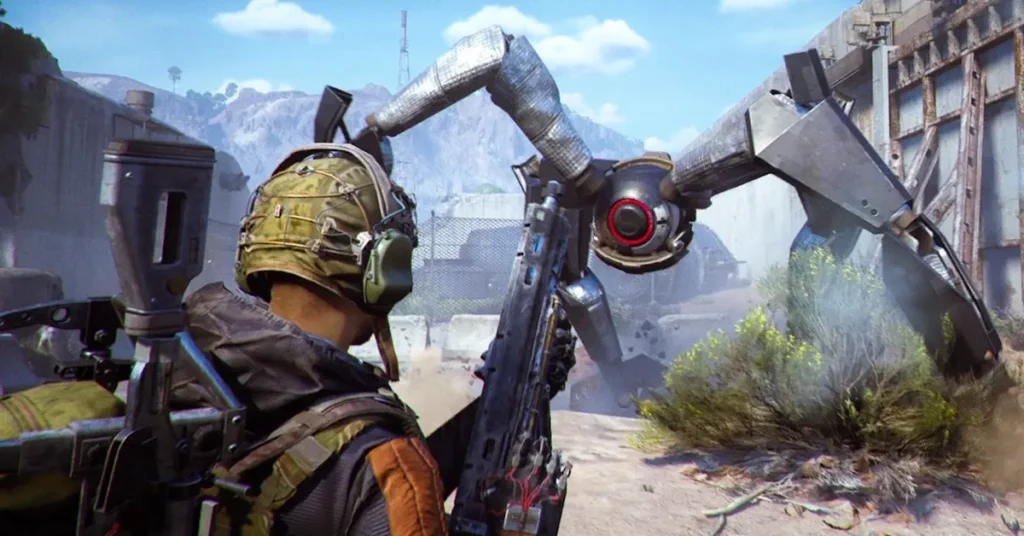
Recently, Embark Studios shared how they built an internal data platform to power ARC Raiders – capable of tracking every bullet, movement, and interaction in every match, at scales of billions of events per hour.
It’s an impressive technical feat but also the perfect case study of why studios should buy, not build, such infrastructure.
Let’s break down what it really costs – in money, time, and focus, to do what they did.
Assumptions (and Why They’re Generous)
Since Embark hasn’t shared their internal numbers, let’s take realistic – and conservative – estimates based on industry averages.
- Team size: 5 backend/data engineers
- Average annual salary per engineer: $150,000 (excluding benefits, taxes, bonuses)
- Cloud + infrastructure costs (AWS/GCP + ETL tools + monitoring + dashboards): $100,000/year in garage, as the cost will grow over the years due to volume of data
- Development time: 2 years to reach maturity
- Ongoing maintenance & support: at least 1 engineer full-time post-launch
- Engineering overhead (management, meetings, coordination): ~20% added cost
These are modest numbers. For context, senior data infrastructure engineers at top-tier studios can easily exceed $180K–$220K per year. But let’s stay conservative.
The True Cost of Building In-House
Development Cost
5 engineers × $150,000/year × 2 years = $1,500,000
Add ~20% for management and overhead = $1,800,000
Infrastructure & Cloud Cost
$100,000/year × 2 years = $200,000
Ongoing Maintenance (1 engineer + cloud)
$150,000 + $100,000 = $250,000 per year, every year thereafter.
Total 2-Year Cost: ≈ $2 million USD
And that’s before factoring in:
- Cost of internal tools for visualization (e.g., dashboards, DuckDB integration)
- Data ingestion, compression, and retention pipelines
- Alerting and monitoring systems
- QA, versioning, and support overhead
- Opportunity cost (more on that below)
The Hidden Costs: Focus and Opportunity
The biggest cost isn’t financial – it’s strategic.
Every hour your engineers spend designing a replay pipeline, maintaining ETL jobs, and scaling storage clusters is an hour not spent improving your actual game.
At Embark’s scale, five engineers spending two years building observability could have:
- Built new gameplay systems or tools that directly enhance player experience
- Optimized matchmaking, balance, or netcode
- Accelerated content delivery or prototyping cycles
Instead, they built – and now maintain – infrastructure that doesn’t differentiate their game.
It’s not their business to build a data platform; it’s their business to make games players love.
The Maintenance Trap
Let’s not forget – once the platform is “done,” it’s never really done.
Data pipelines break. Cloud APIs change. Schema drift happens.
Security patches, cost optimizations, and feature extensions require a team to babysit the system indefinitely.
That means another $250K+ per year just to keep the lights on.
Now imagine building that across multiple titles – each with its own telemetry quirks.
It scales linearly in cost, but exponentially in complexity.
The Buy Alternative: Getgud.io
Now contrast that with Getgud.io.
Getgud is a turnkey, battle-tested observability and anti-cheat platform designed exactly for this use case – recording, reconstructing, and analyzing every player action.
Instead of two years and two million dollars, you get:
- Full integration in under a week
- Zero infrastructure management
- Out-of-the-box analytics, replayability, and anti-cheat
- Pay-as-you-scale pricing with predictable costs
- Continuous feature updates and AI-powered insights
You save years of engineering time and millions in development – while gaining access to a system designed, optimized, and stress-tested for exactly these workloads.
The ROI, in Black and White
| Metric | Build In-House | Buy (Getgud.io) |
| Initial Cost | ~$2,000,000 | <$10,000 (integration + early usage) |
| Time to Value | ~24 months | ~1 week |
| Engineering Resources | 5 full-time | 0 |
| Maintenance Cost | $250,000+/year | $0 (included in subscription) |
| Scalability | Requires devops | Instant & elastic |
| Feature Updates | Internal backlog | Continuous improvements |
| Focus | Split (infra + game) | 100% on game development |
Result:
Buying saves at least $1.9 million and 24 months of work – all while delivering more functionality, reliability, and insight.
The Bigger Lesson for Studios
Embark’s achievement is impressive – it proves how critical deep observability has become in modern game development but it also proves the need for a specialized solution.
Studios that don’t invest in this level of insight will fall behind.
But studios that try to build it themselves will burn time, money, and focus that should go toward making better games.
The smart studios know:
Don’t build it – Getgud.
Closing Thought
Embark’s story highlights the same truth every industry learns eventually:
Infrastructure is not your product – it’s your enabler.
And if an out-of-the-box, proven, continuously evolving platform exists – why spend millions reinventing it?
If you’re building a game that deserves to play at the top level –
your players deserve the same observability and performance analytics that studios like Embark built from scratch…just without the price tag.